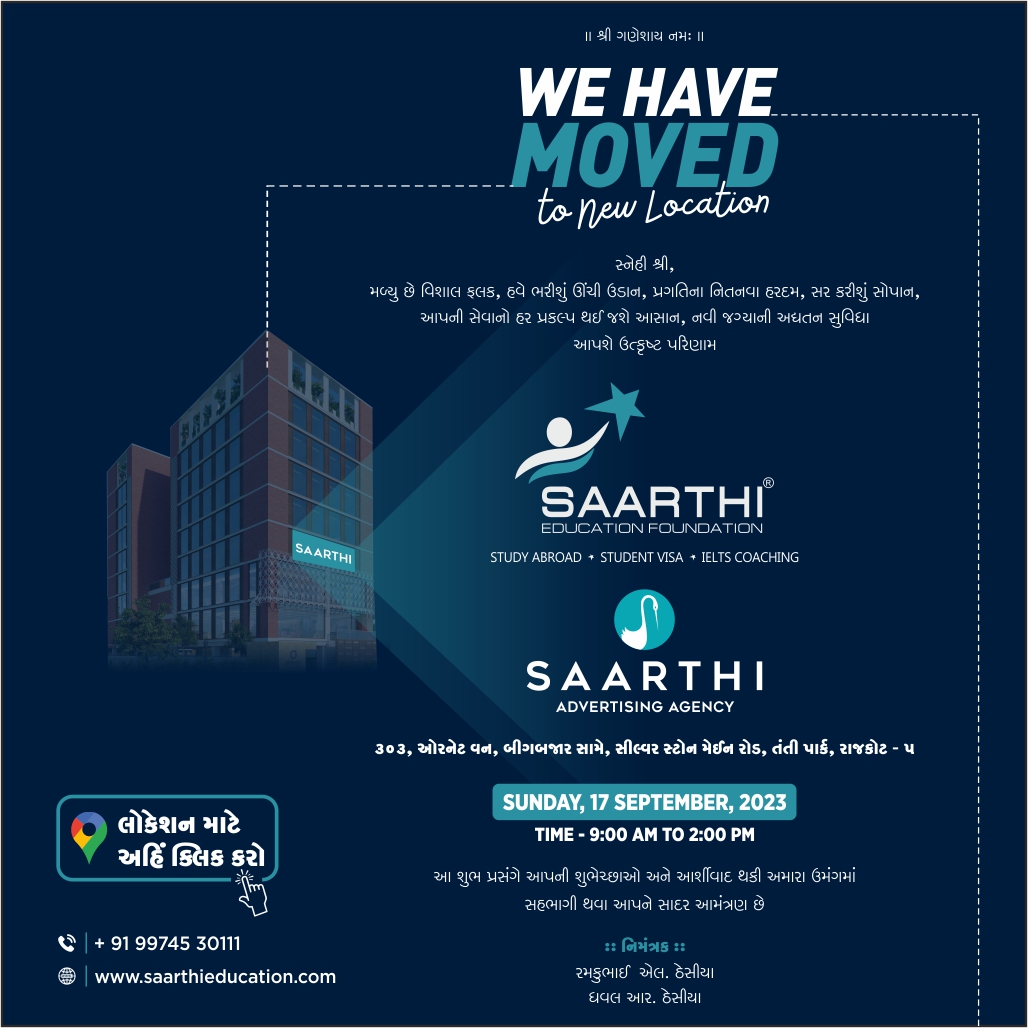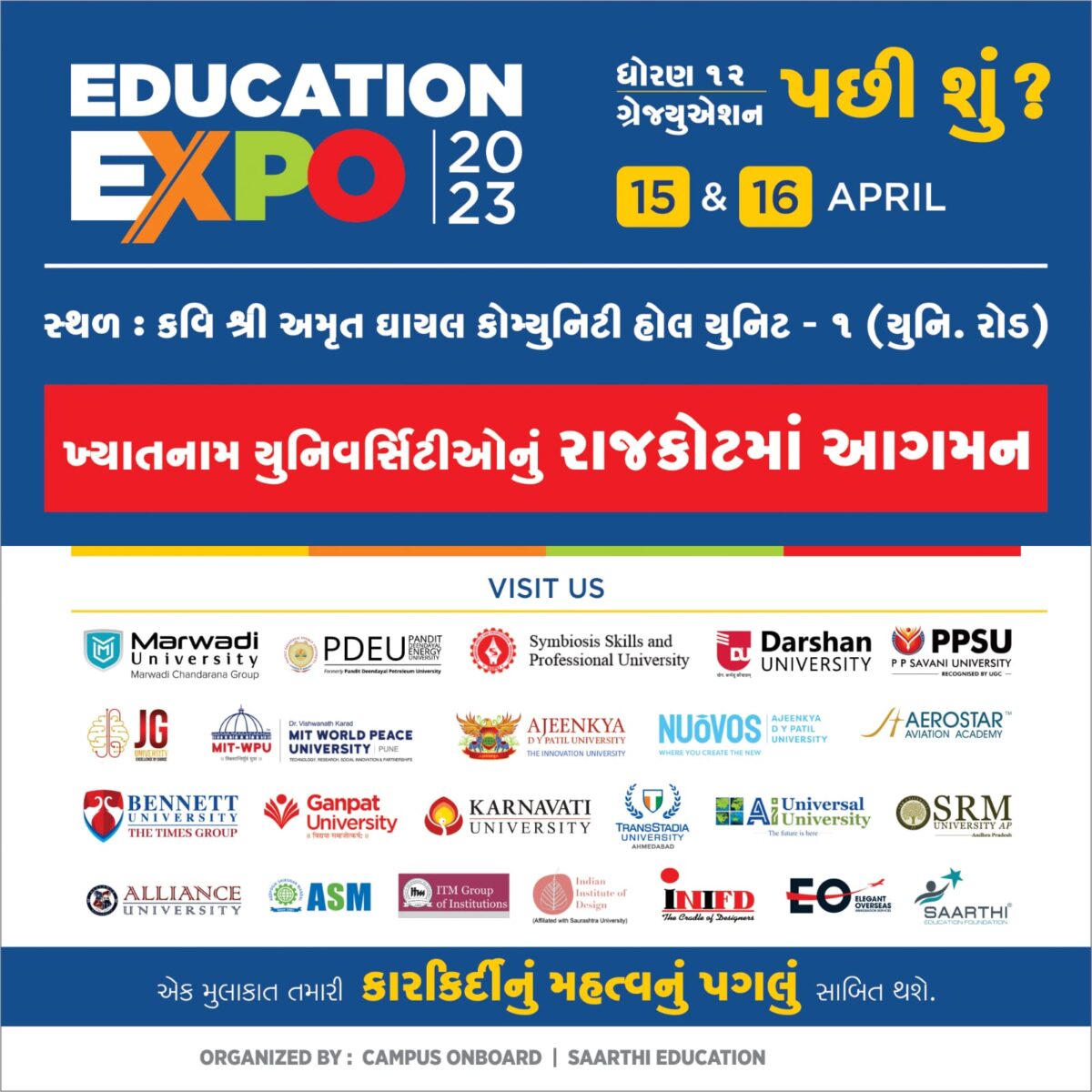Throughout human history, mythologies have been filled with powerful beings—gods, titans, and mythical creatures—that embody the forces of nature, morality, and cosmic order. These “Ancient Beings of Power” hold a special place in cultural consciousness, representing ideals, fears, and explanations for the universe’s mysteries. As digital entertainment evolved, game designers began to draw inspiration from these mythic figures, integrating their symbolism and narratives into immersive experiences.
The transformation of game design—from simple storytelling to complex, interactive worlds—has created a platform where ancient themes are not only preserved but reimagined. This article explores how ancient mythological motifs influence modern game mechanics and aesthetics, illustrating this connection with examples like the widely appreciated slot game is this your favourite?.
Contents:
- The Concept of Power in Mythology and Its Relevance to Game Design
- Modern Game Mechanics Inspired by Ancient Power and Mythology
- The Evolution of Slot Machine Design and Theming
- Case Study: Le Zeus – A Modern Illustration of Ancient Power
- Beyond Aesthetics: Educational Value and Cultural Preservation in Modern Games
- Non-Obvious Depth: The Psychological and Cultural Impact of Ancient Themes in Gaming
- Future Trends: The Evolving Landscape of Ancient Themes in Gaming
- Conclusion: Bridging the Ancient and the Modern in Game Design
The Concept of Power in Mythology and Its Relevance to Game Design
Characteristics of Ancient Beings of Power
Ancient beings such as gods in Greek, Norse, Egyptian, and Hindu mythologies are characterized by their immense strength, supernatural abilities, and dominion over natural elements. For example, Zeus, the king of Greek gods, wielded thunderbolts, symbolizing divine authority and control over the sky. Titans, like Kronos, represented primal forces of chaos and creation. Mythical creatures such as dragons or phoenixes embody rebirth, destruction, and renewal, illustrating complex themes of power and transformation.
Symbolism and Cultural Significance
Across civilizations, these beings serve as symbols of societal values, divine justice, or natural phenomena. For instance, the thunderbolt in Greek mythology signifies divine vengeance, while the Egyptian god Ra embodies the sun’s life-giving power. Such symbolism influences how these figures are portrayed in modern games, often emphasizing their authority through visual cues and narrative roles, fostering player engagement with themes of heroism and divine intervention.
Modern Game Mechanics Inspired by Ancient Power and Mythology
Use of Mythological Motifs
Developers incorporate mythological symbols like Zeus’s thunderbolt, Thor’s hammer, or Egyptian ankhs to create immersive worlds. These motifs serve as thematic anchors, guiding design choices in characters, environments, and gameplay features. For example, Greek mythology-inspired slots often feature temples, divine artifacts, and lightning strikes, establishing a sense of divine power that resonates with players.
Integration of Symbols into Gameplay
Symbols like divine artifacts or mythic creatures are integrated into core mechanics such as bonus rounds, power-ups, or boss fights. For instance, collecting a divine relic might trigger a special feature or expand the game grid, enhancing engagement. This approach not only makes gameplay more dynamic but also reinforces the mythological theme, making the experience educational and entertaining simultaneously.
Examples of Mythologically Inspired Mechanics
- Power-ups modeled after divine blessings, increasing player wins temporarily
- Boss fights against mythic monsters, requiring strategic play
- Storytelling elements woven into game narratives, enriching player immersion
The Evolution of Slot Machine Design and Theming
From Symbols to Vibrant Aesthetics
Traditional slot machines used simple fruit symbols or classic icons. Over time, especially with the advent of online gaming, designers embraced vibrant and trend-driven aesthetics—like the shift toward the color pink in 2024—to appeal to contemporary audiences. Bright visuals, animations, and thematic overlays make modern slots more engaging and visually appealing, often reflecting popular culture or aesthetic trends.
Impact of Legal Changes
Legal reforms, such as the 2019 UK legalization of bonus buy features, have transformed slot mechanics by allowing players to directly purchase bonus rounds. This shift has increased game engagement and introduced new strategic layers, aligning with evolving regulations while enabling innovative gameplay features that can incorporate mythological themes seamlessly.
Innovative Formats and Thematic Storytelling
Formats like the 6×5 grid, popularized by Megaways mechanics, offer a vast number of ways to win, supporting complex storytelling and thematic diversity. These formats facilitate the inclusion of multiple mythological symbols and dynamic animations, creating a richer player experience rooted in ancient themes.
Case Study: Le Zeus – A Modern Illustration of Ancient Power
Design Elements Reflecting Greek Mythology
Le Zeus exemplifies the integration of classical mythology into modern gaming aesthetics. Its visual design features Greek architectural motifs, lightning effects, and divine symbols, fostering an immersive experience that echoes the grandeur of Mount Olympus. The color palette often includes vibrant shades like pink to appeal to current visual trends, blending tradition with modernity.
Modern Mechanics Enhancing Engagement
Incorporating features like bonus buy options and expanding grids, Le Zeus allows players to access divine rewards quickly and enjoy dynamic gameplay. These mechanics, aligned with mythological themes, elevate the sense of divine power and omnipotence, making the game more engaging and rewarding.
Visual Aesthetics and Trendy Colors
The use of trending colors such as pink not only attracts attention but also signifies a modern reinterpretation of ancient themes. Colors evoke emotions—pink often symbolizes excitement and novelty—helping games like Le Zeus stand out in a crowded market.
Beyond Aesthetics: Educational Value and Cultural Preservation in Modern Games
Games as Learning Platforms
Modern games often serve as accessible portals for learning about ancient myths and symbols. By featuring mythological characters and stories, they introduce players to cultural narratives that might otherwise be inaccessible, fostering curiosity and historical awareness.
Balancing Entertainment and Education
Designers strive to create experiences that are both entertaining and educational. For example, incorporating mythological lore into game mechanics encourages players to learn about ancient civilizations while immersed in engaging gameplay, thus preserving cultural heritage through interactive media.
Reinterpreting Ancient Narratives
Modern games reimagine mythological stories, often adding contemporary twists or new perspectives, ensuring that these narratives remain relevant and appealing to new generations. This ongoing reinterpretation keeps ancient legacies alive within the digital age.
Non-Obvious Depth: The Psychological and Cultural Impact of Ancient Themes in Gaming
Portrayal of Divine Beings and Player Perception
Depictions of divine figures influence players’ perceptions of power, heroism, and morality. Games that portray gods as omnipotent or benevolent can evoke feelings of aspiration, inspiring players to emulate virtues associated with these beings, or alternatively, explore themes of hubris and downfall.
Cultural Adaptation and Regional Reinterpretation
Different regions incorporate or reinterpret ancient themes to resonate culturally. For instance, UK game legislations affecting bonus features reflect regional regulatory adaptations, while other cultures may emphasize different mythic elements to align with local storytelling traditions.
Visual Trends and Emotional Engagement
Colors like pink in 2024 evoke specific emotions—excitement, freshness, and modernity—that enhance brand identity and player attachment. These visual trends influence how players emotionally connect with mythologically inspired games, blending cultural symbolism with contemporary aesthetics.
Future Trends: The Evolving Landscape of Ancient Themes in Gaming
Technological Innovations
Emerging technologies like augmented reality (AR) and virtual reality (VR) hold the potential to create fully immersive mythological worlds. Imagine navigating Olympus or Asgard in a 3D space, interacting with gods and monsters firsthand, thus deepening engagement with ancient narratives.
Cultural and Aesthetic Shifts
Contemporary cultural values, such as inclusivity and diversity, are influencing the portrayal of mythological figures. Future games may feature gods and creatures from a broader range of cultures, offering richer, more inclusive narratives that reflect global heritage.
Inspirations for Game Mechanics and Design
Ancient beings of power will continue to inspire innovative game mechanics, from dynamic storytelling to procedural generation of mythic worlds. The blending of tradition and technology promises exciting developments that keep mythology at the core of entertainment innovation.
Bridging the Ancient and the Modern in Game Design
In summary, the influence of ancient mythological themes on contemporary gaming is profound and multifaceted. From character design and mechanics to aesthetics and educational value, these themes enrich the player experience while preserving cultural legacies.
As game developers continue to innovate, the dialogue between mythological heritage and modern entertainment will grow stronger, ensuring that ancient beings of power remain relevant and inspiring for generations to come. Whether through immersive AR experiences or visually stunning slots, the timeless appeal of divine and mythical figures continues to shape the future of gaming.
“Mythology is not just ancient stories; it is a universal language of human expression that continues to inspire modern innovation.” — Cultural Historian


